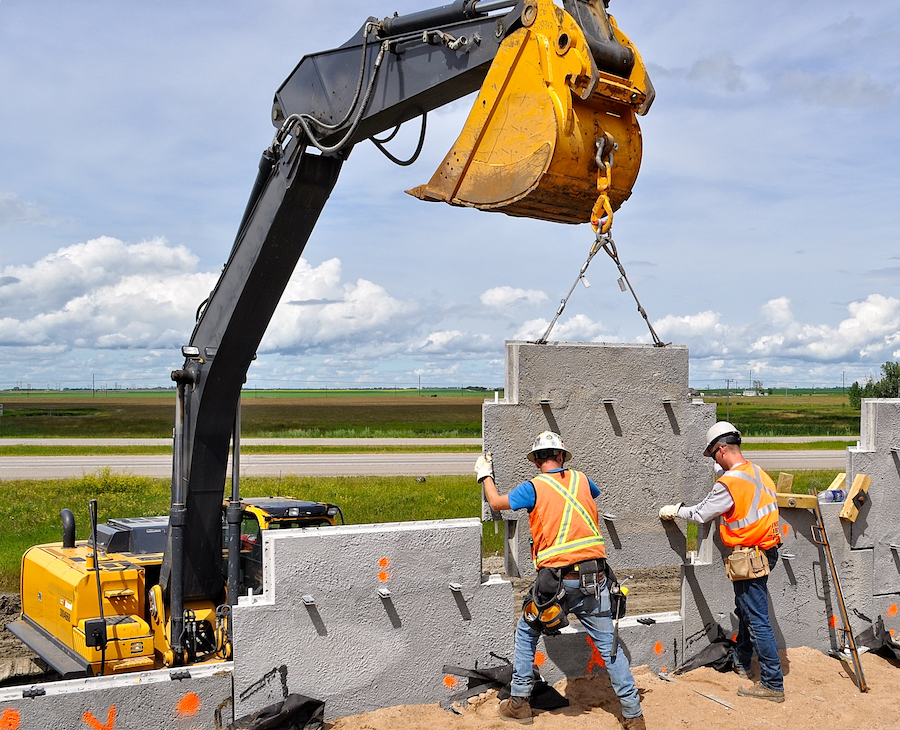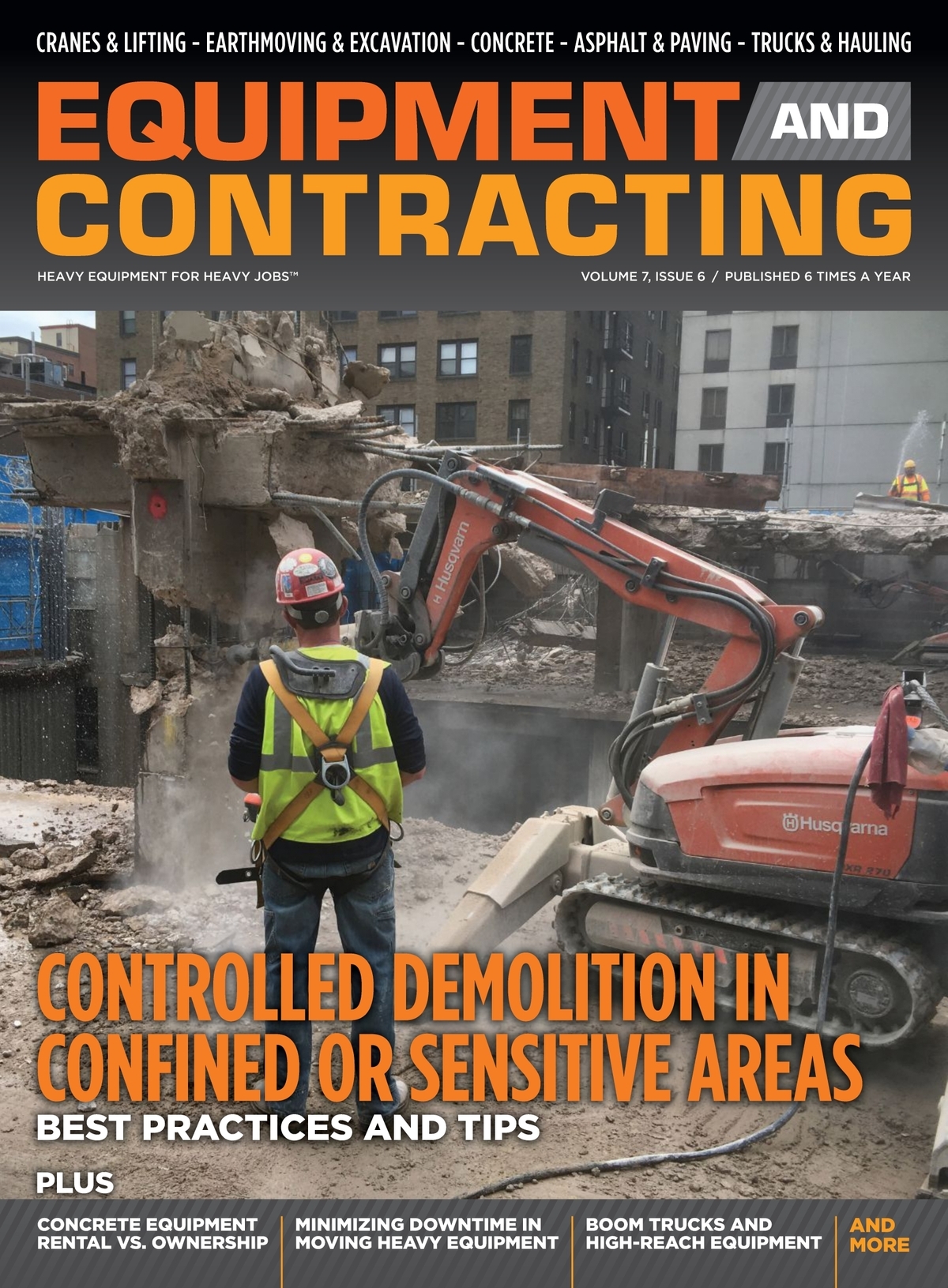
View the complete article here
You’re always trying to save money on a construction project. So, why not use an earthmover to pick stuff up? Totally cool – but a backhoe isn’t a crane. Follow these tips to safely perform a lift with earthmovers like backhoes and excavators.
Pre-Inspection Before the Load Lift
Inspect the machine before you attach the load. Test limit switches and emergency stop controls. You don’t want to find out after you run into a problem that you can’t stop the machine. After you attach the load, make sure there is no slack in the chain and that the hook is in good condition. Clear the area of people and make sure the machine is on solid, level ground. If necessary, use mats, wood platforms, or steel plates. Be aware of overhead power lines or other structures and allow enough clearance.
Know Your Limits
Cranes are made for lifting. Although you can lift loads with earthmovers like backhoes and excavators, there are special considerations to keep in mind. For example, when you use a crawler excavator as a crane, there are four points in the lift that diminish the maximum load the machine can safely handle. Let’s use lifting up a piece of pipe as an example. Each of these movements lowers the maximum capacity:
- Lifting the pipe off the ground.
- Swinging the pipe 90 degrees to place the load over the side of the tracks.
- Centering the pipe over the trench.
- Lowering the pipe down to the bottom of the trench.
By the time that pipe is placed, your earthmover’s maximum load capacity is cut by more than half.
Listen to the Experts
Manufacturers know their equipment. They test at various heights and distances from the centerline of the machine according to ISO 10567 standards. The load-rating charts are based on the test results.
The total load weight should include the machine configuration. The weight of the bucket, coupler, and any add-ons, such as hydraulic thumbs, should be included in the calculation. An excavator’s lift capacity varies depending on whether you are lifting over the blade with the blade up or down, or over the side of the machine. If you exceed the rated lift capacity, the machine can tip over.

Planning the Lift
Plan the lift and identify the earthmover’s most likely point of failure. Base the max load on the capacity of that point. You need to know the weight of the load and be able to refer to the machine’s load chart from the control position. The chart should be mounted in the cab.
To determine the weight of concrete pipes, the American Concrete Pipe Association provides weight charts online. For other types of objects, a rigging manual can help you calculate volumes. They include weight charts for a range of materials. You can use a digital crane scale (also called a dynamometer) in the load line to check the weight on the hook.
Calculate the Height
The lift point height includes how high you need to lift the load, the height of the load and the rigging, and the height you want to place the load.
Rigging
How you attach the load to the earthmover is critical. There are handbooks such as Rigging published by the Crane Institute to guide you in selecting the right rigging for the job. Keep this in the cab for easy reference. The rigging should be rated to handle the weight of the load. Only attach the load to points provided and approved by the manufacturer.
Secure the Load
Attach the load to all available points. The load should be balanced. You may attach taglines for workers on the ground to help keep the load from swaying. Double check the rigging. It’s worth taking a little extra time to ensure the load is fully secured before the lift.
Lift Off
Keep the lift point directly over the load. To prevent excessive load swing, use a short sling. Carry the load as close to the ground and as near to the machine as possible. For stability, make sure the counterweights are in place and the blade, if the machine has one, should be placed on the ground. Take it slow—especially where there are power lines.
Since the slinger has to remain in the danger area in order to hook onto the hooking device, it is critical that communication is tight between them and the crane operator.
When in Doubt, Stop
Construction projects are stressful and sometimes workers are pushed to just get on with it. But an unsafe lift can have dire consequences. Don’t push the limit on the load weight. If your calculations and the load chart put you too close (or over) the max, don’t do the lift. If something doesn’t seem right – stop. Take the time to do a safe lift and everyone gets to go home and relax.
View the complete article here
Can earthmovers like backhoes and excavators be used for lifting, and what precautions should be taken?
Yes, earthmovers can be used for lifting, but precautions include pre-inspection, knowing machine limits, listening to manufacturer guidelines, proper planning, calculating height, using appropriate rigging, and securing the load.
How should the load be secured when using earthmoving equipment for lifting?
The load should be attached to all available points, balanced, and rigging should be rated to handle the weight, with extra care taken to double-check the security before initiating the lift.











































